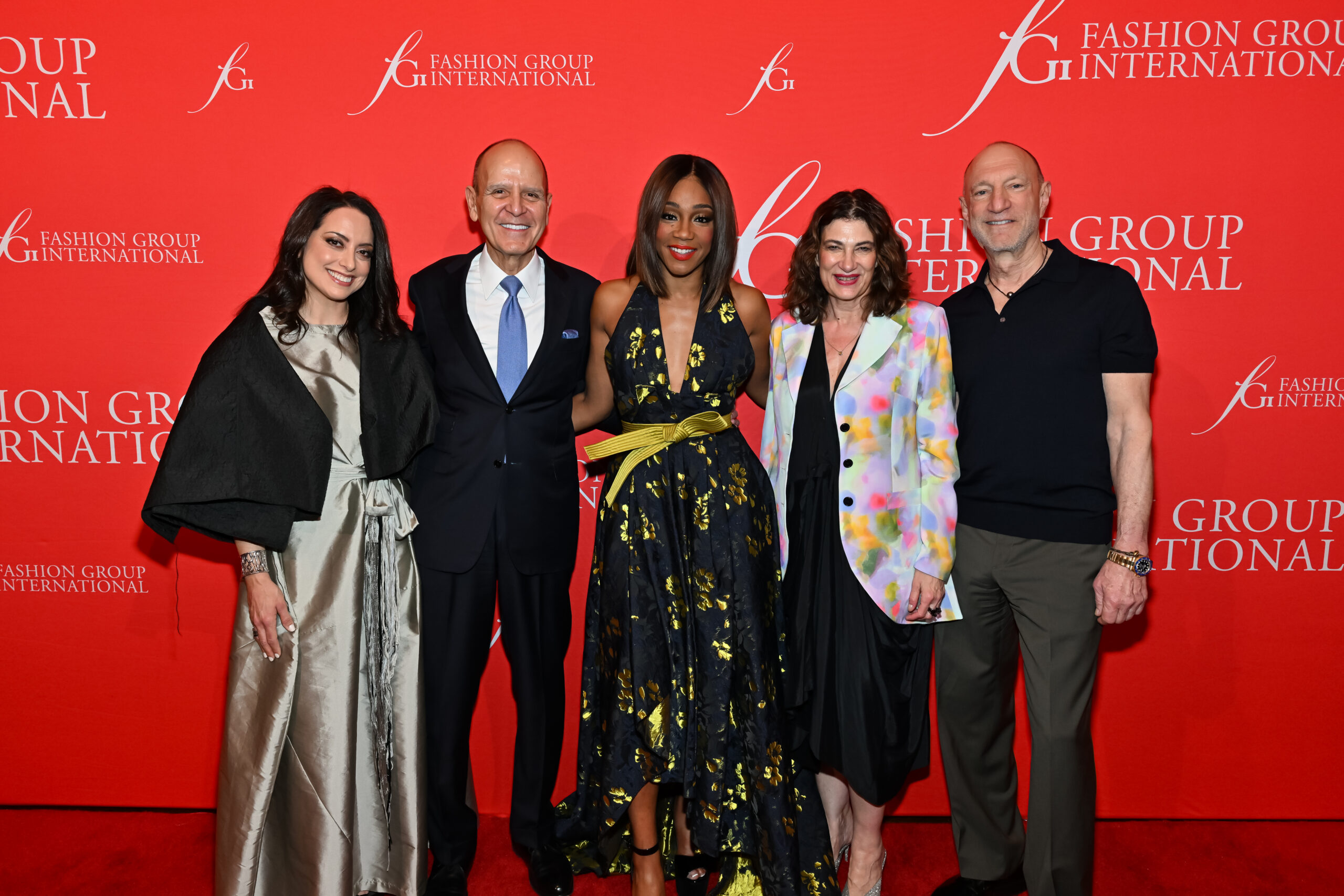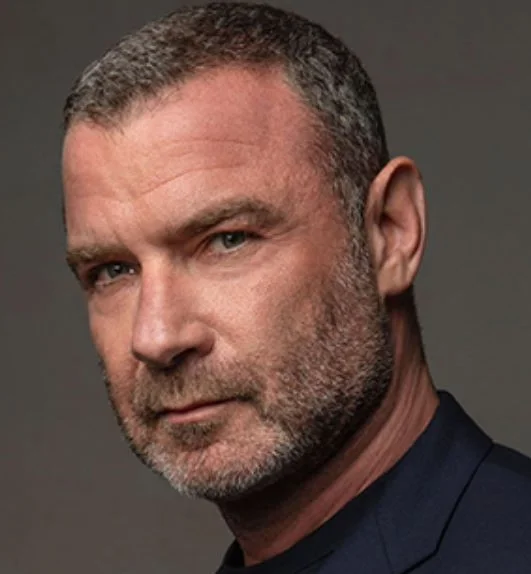The Enduring Gee-Whiz of Watermill
A friend of ours writes–
It was a surprisingly cool evening, and as one entered the ten acres of the Watermill Center grounds, tucked off of Water Mill Towd Road, the usual anticipation began by meandering through the upper gardens of the property.
Conceived by the founder Robert Wilson as a theatrical production in itself, Watermill’s Annual Summer Benefit is an immersive experience of 20 performances and installations by the International Summer Program’s artists in residence.
This year‘s benefit honored legendary dancer and choreographer Lucinda Childs and celebrated the inaugural Dance Reflections by Van Cleef & Arpels.

Lucinda Childs (Photo Brian Lowrey/BFA.com)
As we entered through the woods, we were mesmerized by Dai Asano’s installation: 20 vocalists dressed in white in two rows, chanting asynchronously as we passed between them. Tiki torches added to the mood: possible experiences awaited, and a glorious sunset glimmered to the west.

Dai Asano’s human installation (Photo Maria Baranova)
No event in the Hamptons can come close to expanding the mind as can the Watermill Center Benefit. Robert Wilson told Vogue, “Experimentation is to ask ‘What is it?'”
That happens in these woods, on this night.
The Paris-based multidisciplinary artist Tez presented an installation of an oversized square head titled “Multitez of Madness”: he was perched inside it, in a techno world of science fiction. The large pink box with ears on the sides had large front peepholes that beckoned the curious.

“Multitez of Madness” (Photo Maria Baranova)
These were but a few of the installations that seemed to grow out of the ground.
We were brought up short on emerging from the woods into the main plaza. We thought tempus fugit upon seeing a clock and rock swinging high overhead from a crane. It was a work by Alicja Kwade entitled “Die bewegte Leere des Moments” (The Moving Emptiness of the Moment).

“Die bewegte Leere des Moments” (Photo Maria Baranova)
They swayed above, reminding us of fleeting time, while we sipped thyme-honey cocktails. Was the rock going to smash into the clock and end time?

It was an unspoken rule of the evening that you consider the art while managing to say hello and exchange pleasantries with others. Hamptons notables and celebrities were pursuing their own paths. Among them were Solange Knowles, Peter Marino, Bob Colacello, and Stella Bugbee.

Peter Marino with the Brazilian artist Ronson Catalunha (Photo Brian Lowrey/BFA.com)
And more: Maximilian and Irina Kro Eicke, Bracie Aston, Jean Shafiroff, Polina Proshkina, Indira Cesarine, Janna Bullock, Andrea Pemberton, Kelly Behun and Jay Sugarman, Jamee Gregory, Audrey Gruss, Stefano Tonchi, Edwina von Gal, and Tatiana and Campion Platt, accompanied by their teenage family. (Word has it that the Platts have been bringing their children ever since they were babies, passing the tradition on to the next generation.)

The Platts, Riva, Jeremy, Fox, Xenia and Papa Platt, Campion
For the first time in five years there was a seated dinner. Helga Davis — actress, singer, writer and composer — was the emcee, and the evening included a performance by Lucinda Childs and her niece, Ruth, as well as a live art auction conducted by Sotheby’s Kimberly Pirtle.
Collectors wielding paddles included Katharina Otto-Bernstein, Helen Lee Warren, Eleanor Heyman Prop, Kim Heirston, and Christine Wachter-Campbell along with the gallery owners Stefania Bortolami (Bortolami Gallery) and Ellie Rines (56 Henry).

Helga Davis running the live auction (Photo Brian Lowrey/BFA.com)
A highlight of the evening is, as always, when 120 artists in residence run up on stage. They greet the crowd with glowing faces, reflecting the multitude of nationalities and backgrounds. And there followed music, dancing and dessert.
The 2024 Benefit theme was “A Laboratory: 100 Years of Experimentation,” celebrating the building’s origins as a Western Union research laboratory. Western Union was then at the cutting edge of technology: a telegraph company that was exploring long-range radio communication, thus creating telex, and telefax.

Robert Wilson, Edwina Gal, Stefano Tonchi (Photo Brian Lowrey/BFA.com)
Robert Wilson acquired the building in 1989 with a vision for a new kind of laboratory: a place of inspiration and a home for future generations of artists.
That is how the Watermill Center keeps us asking ourselves, “What is it?”



